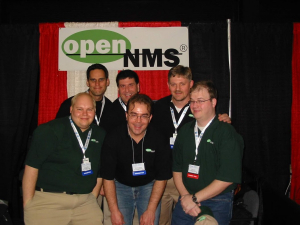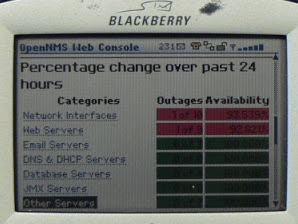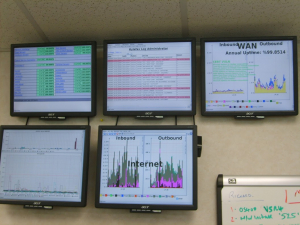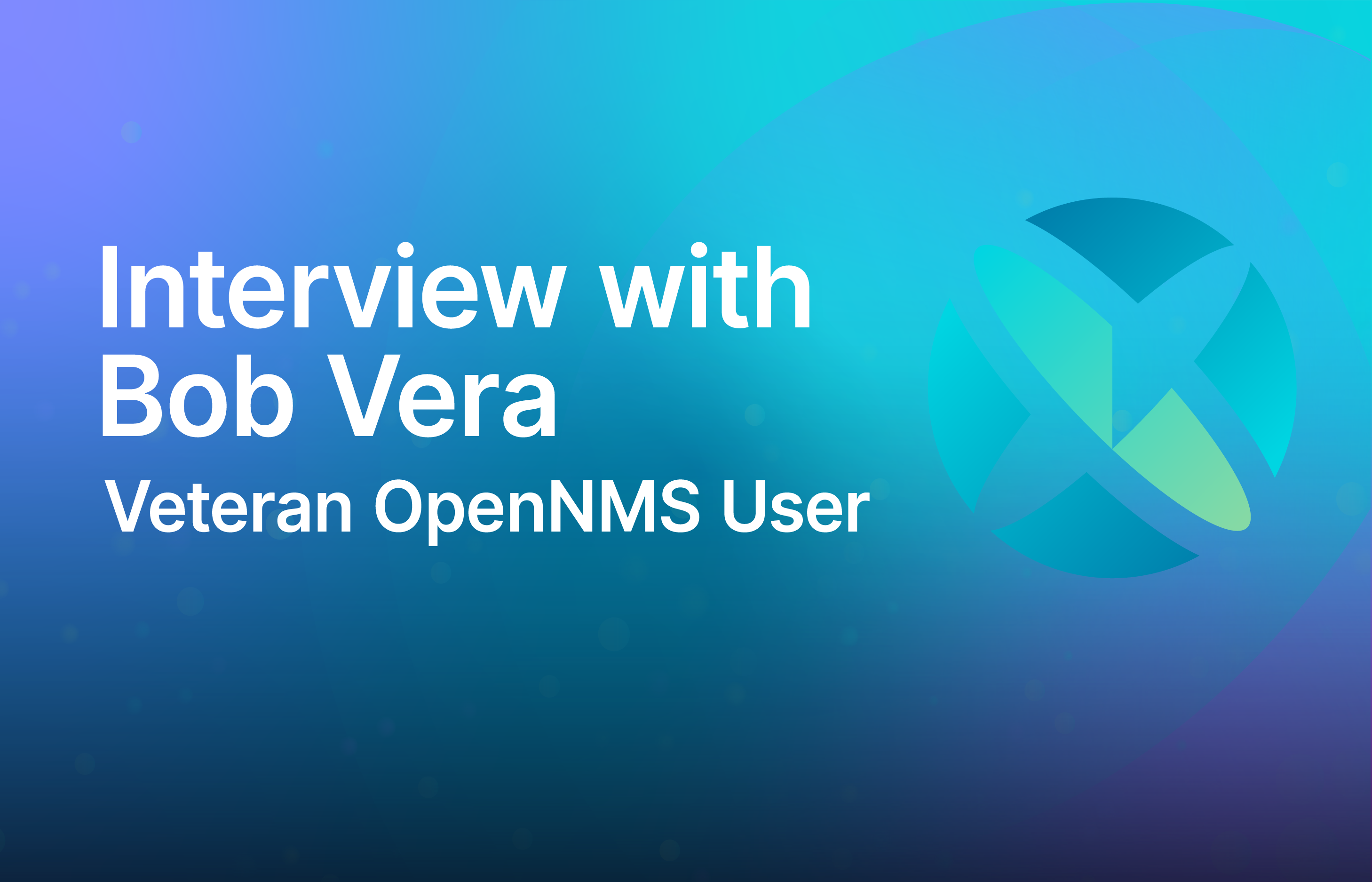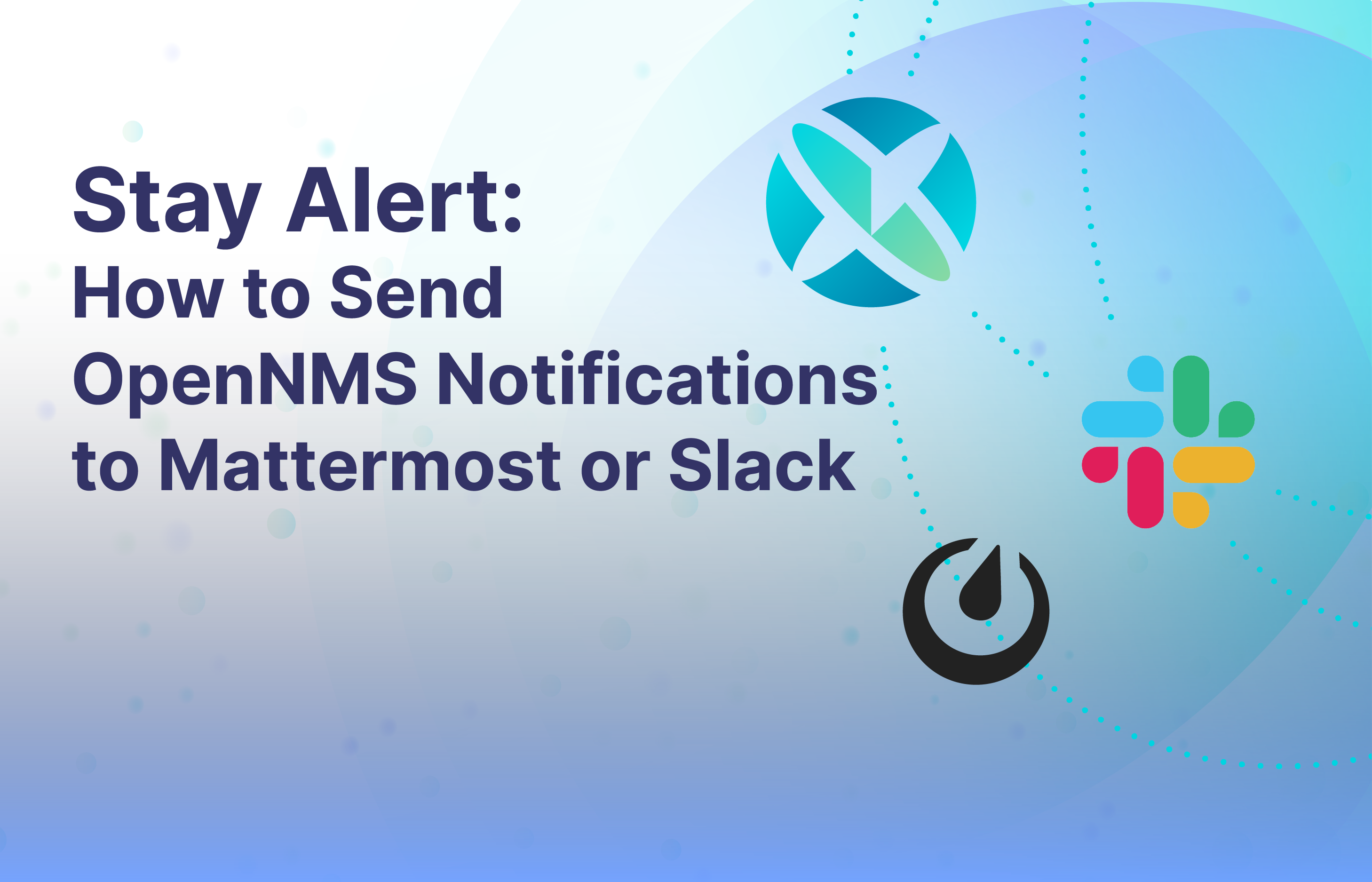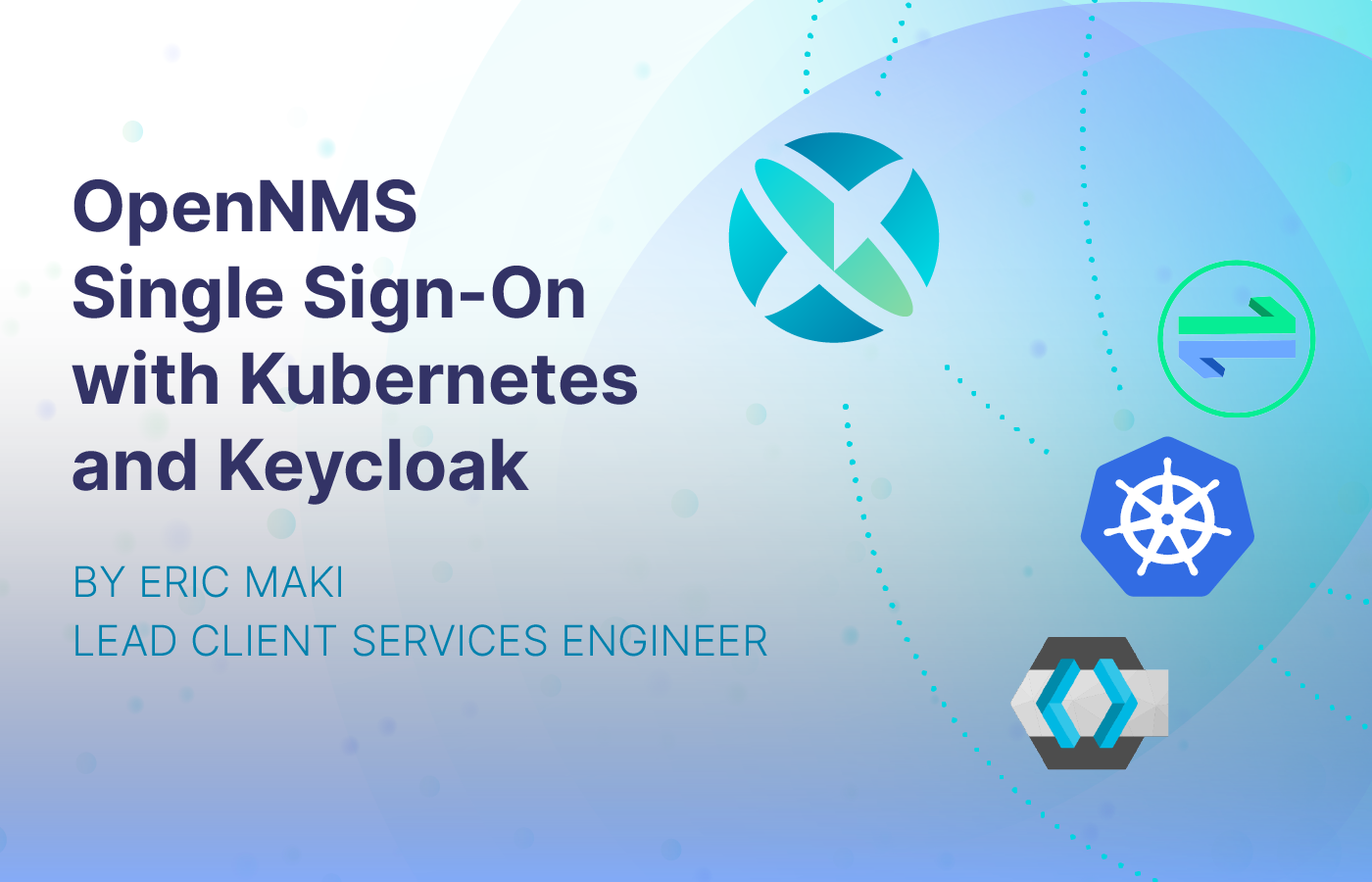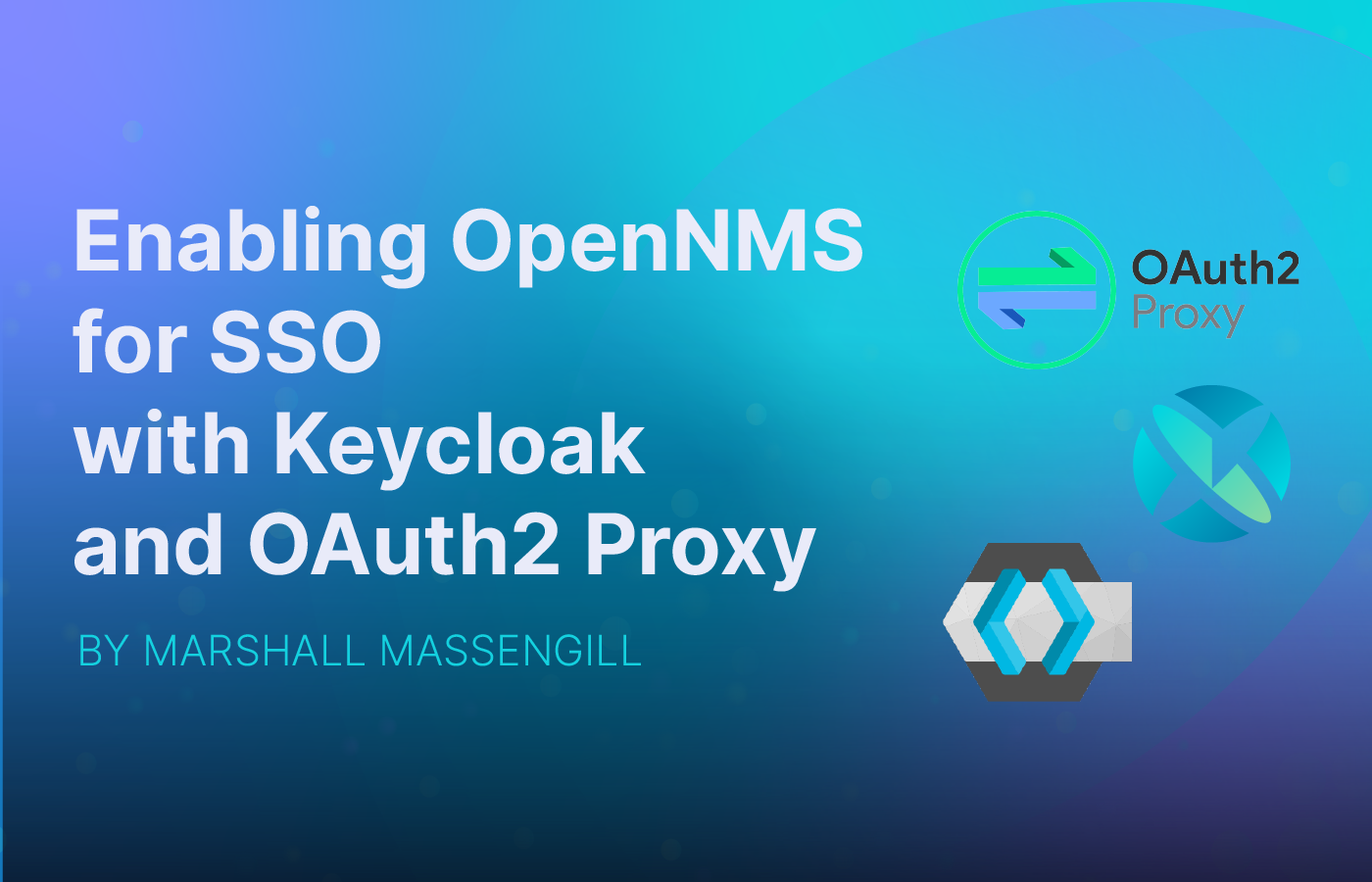Earlier this week, OpenNMS turned 20 years old. Although the project began in the summer of 1999, March 30, 2000, marks the day that the OpenNMS Project was registered on Sourceforge and the first time any OpenNMS code was made public. David Hustace, CEO of OpenNMS and Tarus Balog, the company’s COO, share their memories of the past and thoughts about the future.
A Radical Idea in 2000
“The term "open source" was created in 1998 on the heels of the release of the Netscape browser source code, and the OSI [Open Source Initiative] was founded,” says David. “I can't provide an insider perspective on what it was like when OpenNMS first started, but I can tell you that, from an outsider's perspective, it was an extremely radical idea.”
“In 2000, the dot com bubble was subsiding but open source was never going to be considered something to be taken seriously,” he adds. “There was an onslaught of fear, uncertainty and doubt (FUD) coming from a lot of the software industry at the time.”
Network Management Has Changed a Lot
“Back then, most enterprise-level monitoring solutions required expensive hardware from IBM, HP or Sun and the scope was very limited, mainly focused on connectivity and performance network devices such as switches and routers,” says Tarus. “Some vendors were just starting to support Windows, and Linux support was non-existent. Now network monitoring solutions flourish at all levels and on all operating systems.”
David points to virtualization, IoT, and the Cloud, as three of the most significant changes in network management, because of the complexity they add. “Virtualization means monitored entities are now completely abstracted and almost always virtual implementations of their former physical selves; yet they present themselves identically to a monitoring system,” he says. “Moving monitoring applications to the Cloud introduces many application security and networking communications hurdles to crossover, as network and computer technologies still exist in data centers and corporate offices. Monitoring applications that are running in the Cloud require access to those local, on-premise networks to reliably monitor faults and performance; especially when the Cloud applications often require traversing the public Internet. And of course, IoT has changed monitoring with respect to scale. The number of devices on the network needing to be monitored has changed by multiple orders of magnitude due to the compression of technology into almost every aspect of our lives.”
Open Source: from Fringe to Mainstream
“Open source has moved from a fringe idea from a bunch of free software advocates to mainstream acceptance,” says Tarus. “We used to have much more of an ‘evangelical sale’ of OpenNMS in an organization because no one understood it well, or they were frightened by some of the FUD spread by proprietary software vendors. We no longer have that problem, as many large companies have embraced open source from the operating system on up to the software they integrate into their solutions.”
Noteworthy OpenNMS Achievements
“For me it is the fact that we are still around,” says Tarus. “OpenNMS was started by a company called Oculan. Before they went out of business in 2004, they decided to no longer support OpenNMS in May of 2002. While I might have had the option to remain at Oculan, I saw the potential of an open source network monitoring platform that could scale and decided to take a leap of faith and keep the project alive. I was lucky in that I met people like David and was able to convince them of the potential in OpenNMS, enough so that they would quit well-paying jobs to pursue making OpenNMS awesome.”
David laughs. “Twenty years! I thought of this just today … there are potentially users of OpenNMS that are younger than the project. OMG,” he says. “I think it’s significant that we still have our first customer as a customer.”
If You Could Go Back in Time
Both men reflected on what would surprise that younger self if they could go back in time and talk to him.
“That it is worth it,” says Tarus. “Trust me, in the years I’ve worked with OpenNMS there were a lot of times I didn’t think the project was going to make it. It has been the best job I’ve ever had but also the most work.”
“I would be most surprised that this project has these incredibly smart, talented, and wonderful human beings working together and producing an application that is used in production by tens of thousands of very large corporations and most of the biggest, with a combined valuation of trillions of US dollars,” says David.
Where Will OpenNMS be in 20 Years?
In 2000, no one could predict how networking and open source would change and develop. But David and Tarus still have visions for where they want OpenNMS to be 20 years from now. For David, winning the National Medal of Technology and Innovation would be a great honour and achievement.
Tarus’ goal is for OpenNMS to be “the de facto monitoring platform for carriers and large enterprises,” he says.
Personal Stories
Beyond OpenNMS’s success and staying power, it’s the people that have had the greatest impact.
Tarus describes how the company was able to hire one of its contributors, and bring him to the US on an H1B visa. “That eventually turned into a permanent resident card for him and his wife, and his future is now only limited by his imagination,” he says.” If OpenNMS went away tomorrow it would be all worth it for just that one thing, and there are lots of other examples that make all the effort worthwhile.”
Adds David, “OpenNMS and open source has enriched my life by introducing me to, and allowing me to, collaborate and experience life with the most wonderful people in the world.”
